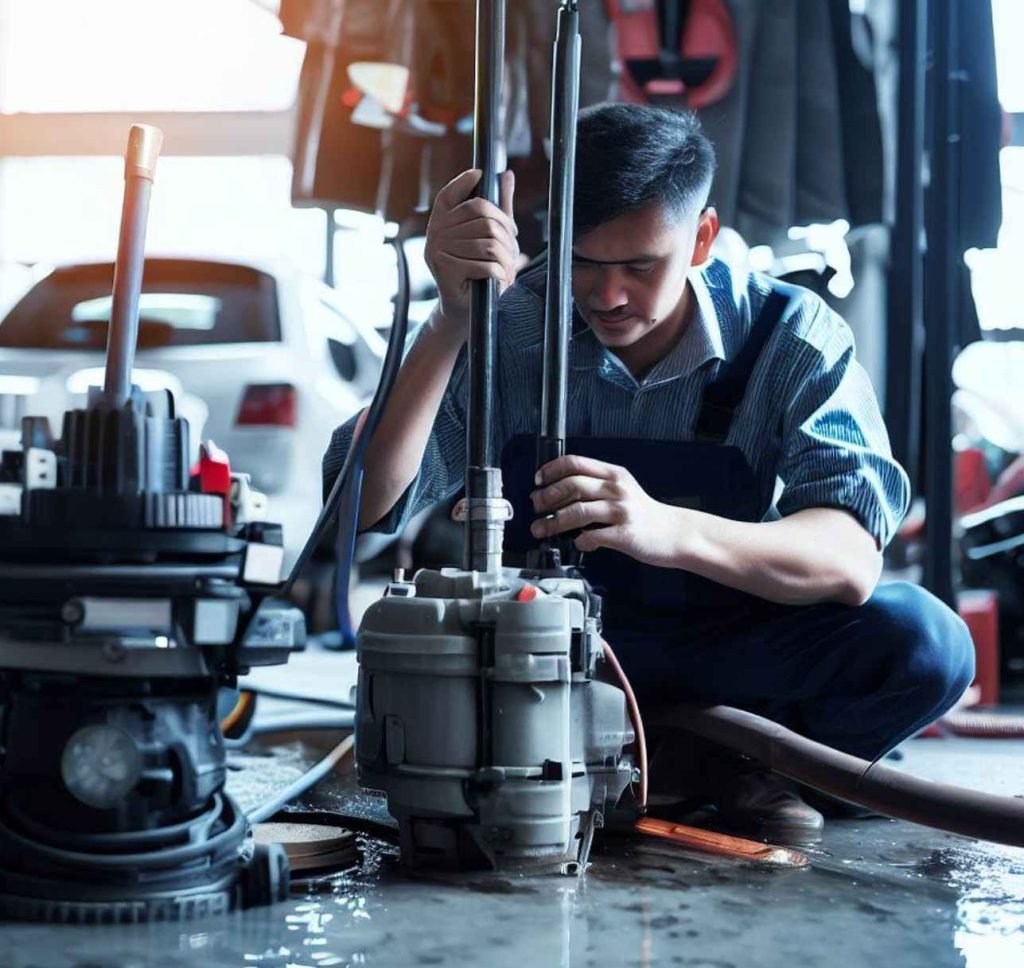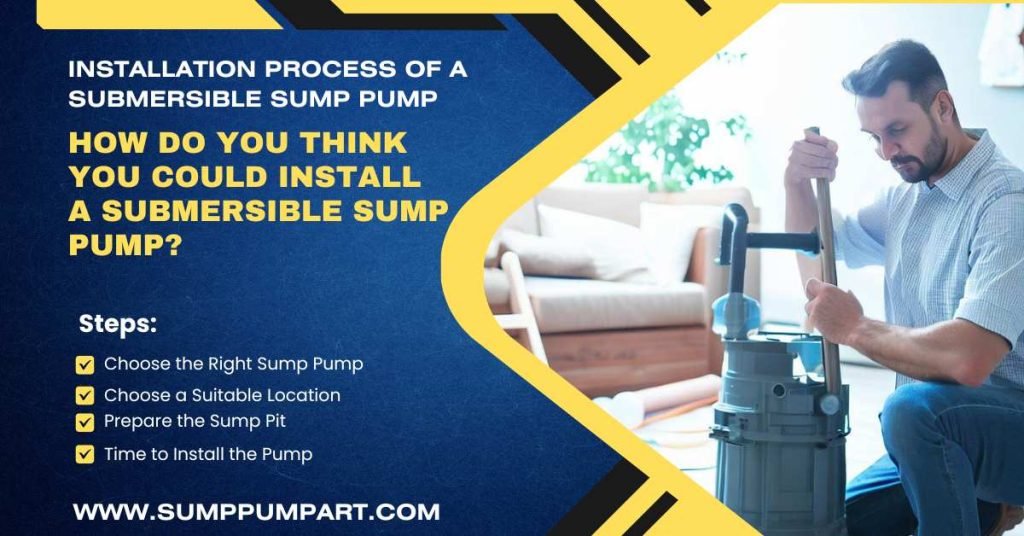Learning how to install a submersible sump pump can save you a lot of money. You would wonder if installing a submersible sump pump is difficult, but we have made it easy in this guide. Of course, installing a submersible pump requires some basic plumbing skills and tools – but it’s worth it for peace of mind during those next big storms!
This comprehensive blog post will walk you through the intricate and often-confusing process of submersible sump pump installation in your home. We will cover everything from choosing the most appropriate pump for your unique requirements to preparing the sump basin and piping to connect the pump to a discharge line.
Check for the top-rated Submersible sump pump here.
You’re about to embark on a thrilling expedition to enhance your home’s flood protection. Our meticulously crafted and comprehensible instructional manual will empower you to undertake this formidable endeavor with poise and assurance. So gear up and prepare to take your home improvement skills to the next level!
Before reading the complete article, you can also check the submersible pump replacement process here. Continue Reading…
Contents
Submersible Sump Pump Installation Process:
Tools Required:
The key components of the installation include the Submersible Sump Pump is:
- Sump Basin
- PVC Piping
- Check Valve
- PVC Cement
- Screwdriver
- Adjustable Wrench
- Teflon Tape
- Hole Saw
- Safety Glasses
The submersible pump should be selected based on the size of your sump basin and the amount of water that needs to be removed. The sump basin should be made of plastic or fiberglass and installed in the lowest part of your basement or crawlspace.
Choose the Right Sump Pump:
When choosing a sump pump, there’s no one-size-fits-all solution – you’ll need to carefully consider the dimensions of your sump pit, the volume of water that needs to be pumped, and the most suitable type of pump for your situation (primary or backup).
Pedestal pumps are elevated above the pit, while submersible pumps are located within it. Ultimately, evaluating your specific needs and requirements is essential to select the right pump for managing water in your home or building.
You may read a submersible pump’s complete use process here. Continue Reading…
Choose a Suitable Location:
The perfect place to install your sump pump is obviously at a lower elevation, so it can easily collect all the water it needs to discharge. Plus, you want to be sure it’s close enough to an electrical outlet so you don’t need an extension cord.
And, of course, you’ll want it in a spot that’s easy for you to get to when you need maintenance on your equipment – because who wants pumping installed in their difficult-to-reach basement?
Prepare the Sump Pit:
Before you install your new pump, be sure to give the sump pit a good cleaning. Clear out any debris or obstacles that could get in the way. It’s also essential to inspect the pit for any signs of damage or wear and tear and make repairs as needed. Finally, check that the pit’s depth is enough to accommodate the pump.
Install Check Valve:
Ensure to install a check valve on the discharge pipe is during the pump installation. This small but essential component acts as a barrier to stop water from flowing back into the sump pit post-pumping, thus preserving the prime and protecting against overwork of the pump.
Ensure not to avoid this step, as it can contribute to learning how to install a submersible sump pump correctly.
Time to Install the Pump:
Place the submersible pump in the pit and ensure that it is level. Ensure the pump is secured, as vibrations can loosen it and cause it to shift or float. Connect the pump to the discharge pipe using a union or coupling, allowing easy removal for maintenance purposes.

Connect the Electrical Components:
To ensure your electrical and hydraulic components work together seamlessly, securely connect the energetic cord to the hydraulic device and ensure all links are properly fastened.
Additionally, be sure to use a cord of sufficient length so that you can easily access the power source. Finally, consider installing a ground fault circuit interrupter (GFCI) for an added layer of safety.
Test the Pump:
Once the pump is installed, start testing it by pouring water into the sump pit. Then ensure the pump automatically turns on and properly evacuates water. Keep a close eye on the pump’s activity, watching out for abnormal noises or vibrations. Testing the pump is an essential step, and how you have almost learned how do you install a submersible sump pump.
Final Thoughts:
We hope this blog post has helped you understand how to install submersible sump pumps clearly and easily. If you have any questions or comments, please don’t hesitate to contact us via email.
We appreciate your time reading this blog post and encourage you to consider purchasing our high-quality submersible sump pumps without further delay. Have a great day!

